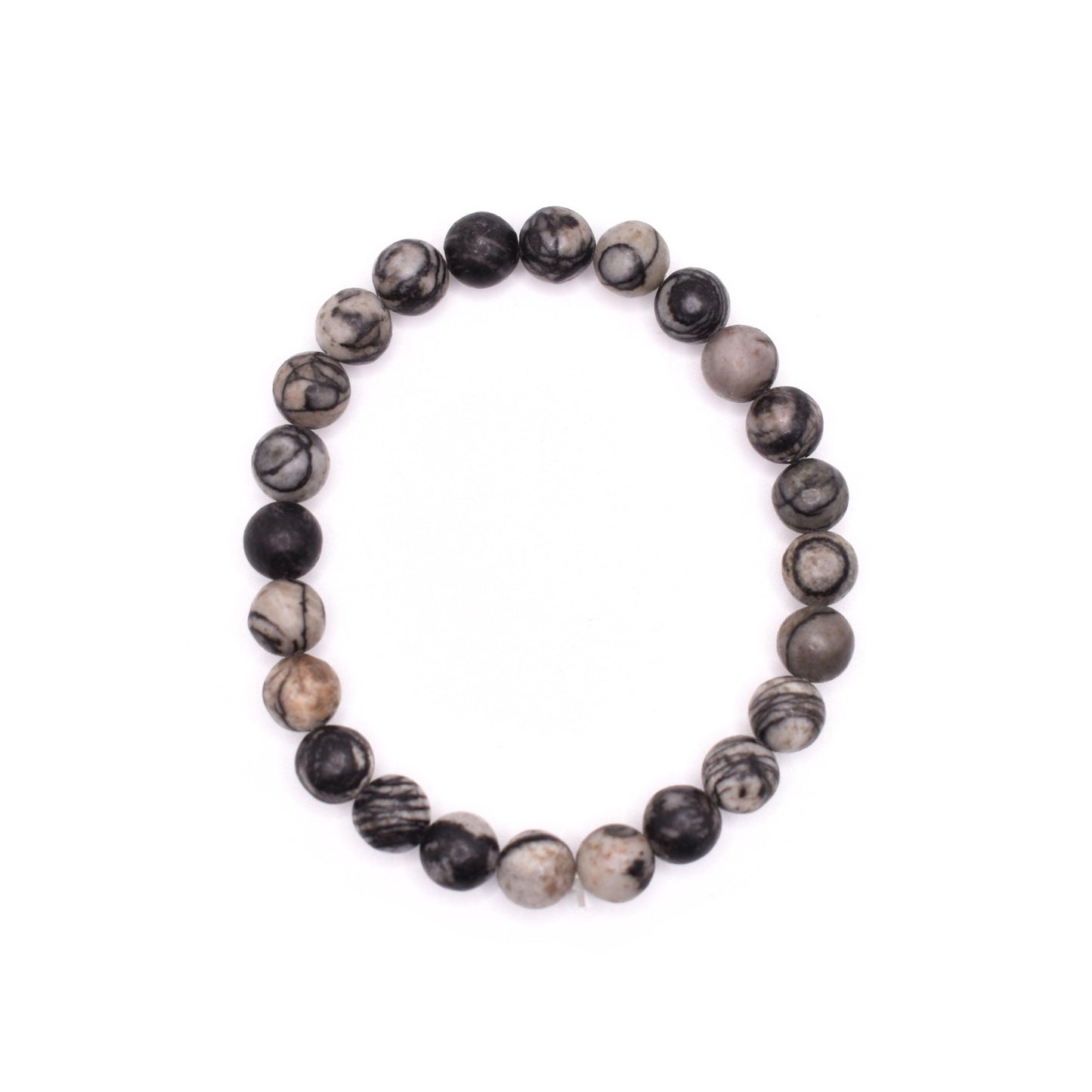
Will Crystals Fade In Indirect Sunlight?
Share
Does Crystals Fade or Not Fade in Indirect Light
Crystals are known for their beautiful colors and unique energies. But those vibrant hues sometimes leave collectors wondering, "Do crystals fade in the sun?" While direct sunlight is definitely a concern, what about indirect light? Let's see how light impacts crystals, ways to protect your collection, and the potential beauty of natural change.
Understanding Light, Crystals, and Fading

- Direct Sunlight: The Culprit: Prolonged, intense sunshine can fade certain crystals. UV rays damage the very structures that give them their color. Think of it like leaving a colorful poster in a sunny window... it bleaches over time.
- Indirect Light: Less Intense, Still a Factor: Indirect sunlight is softer, but some crystals are sensitive enough that fading can still occur, just at a slower pace.
- Heat Matters Too: Leaving a crystal on a sunny windowsill, even if it's not in the direct path of beams, can cause heating that accelerates fading.
Which Crystals Should I Worry About Most?

- Vibrant Colors: Deep purples (amethyst), bright pinks (rose quartz), bold blues (celestite), or multi-colored beauties (fluorite) are often more prone to fading.
- Organic or Treated: Naturally dyed crystals or those with artificial color enhancements will fade faster, even when protected from direct sunlight.
- New to Crystals?: If unsure about a specific crystal, search for "[crystal name] sun sensitivity" for info relevant to your piece.
More sun-resistant:
- Clear Quartz: The workhorse of the crystal world, it handles sunlight well. (Exception: Some varieties like smoky or rose quartz ARE light-sensitive)
- Agates: Most types of agate come in a wide range of colors and boast good sun tolerance.
- Jasper: This earthy stone generally holds its color well, even in brighter light.
- Tiger's Eye: The vibrant stripes of this crystal are unlikely to fade significantly.
- Carnelian: While reds can be tricky, most carnelian holds its orange hue well in sunlight.
- Citrine: Natural citrine (not heat-treated amethyst) is fairly sun-hardy.
- Tourmaline: Black tourmaline, especially, is incredibly resilient to light. Other colors vary more in sensitivity.
Important Notes:
- Origin Matters: Dyed, treated, or lab-grown crystals are nearly always more prone to fading, regardless of the base stone.
- Individuality Exists: There will always be exceptions to the rule. Even within a crystal species, some pieces will naturally be more resilient than others.
- Not Risk-Free: Even these "tougher" crystals may fade slightly over YEARS in strong light. Consider rotating your display if this is a concern.
- When in Doubt, Research: Look for resources specifically focused on crystal light sensitivity for more in-depth info.
Tips for Keeping Your Crystals Colorful

- Out of Sight, Out of Sunlight: The safest bet is to display crystals away from windows entirely. Bookcases, shadow boxes, or closed cabinets are ideal.
- Indirect OK, But Not Forever: If indirect light is necessary, rotate crystals regularly to prevent prolonged exposure on one side.
- Window Coverings Help: Sheer curtains or blinds filter harsh rays, adding a layer of protection for your crystals.
- Know Your Stones: Research the specific light sensitivity of pieces you treasure most. This tailors your care!
A Different Perspective
Some crystal enthusiasts see fading from gentle light as a natural evolution of the crystal's energy. It doesn't lessen the crystal's power, simply signifies a shift. If this philosophy resonates with you, enjoy the subtle changes your crystals undergo over time!






